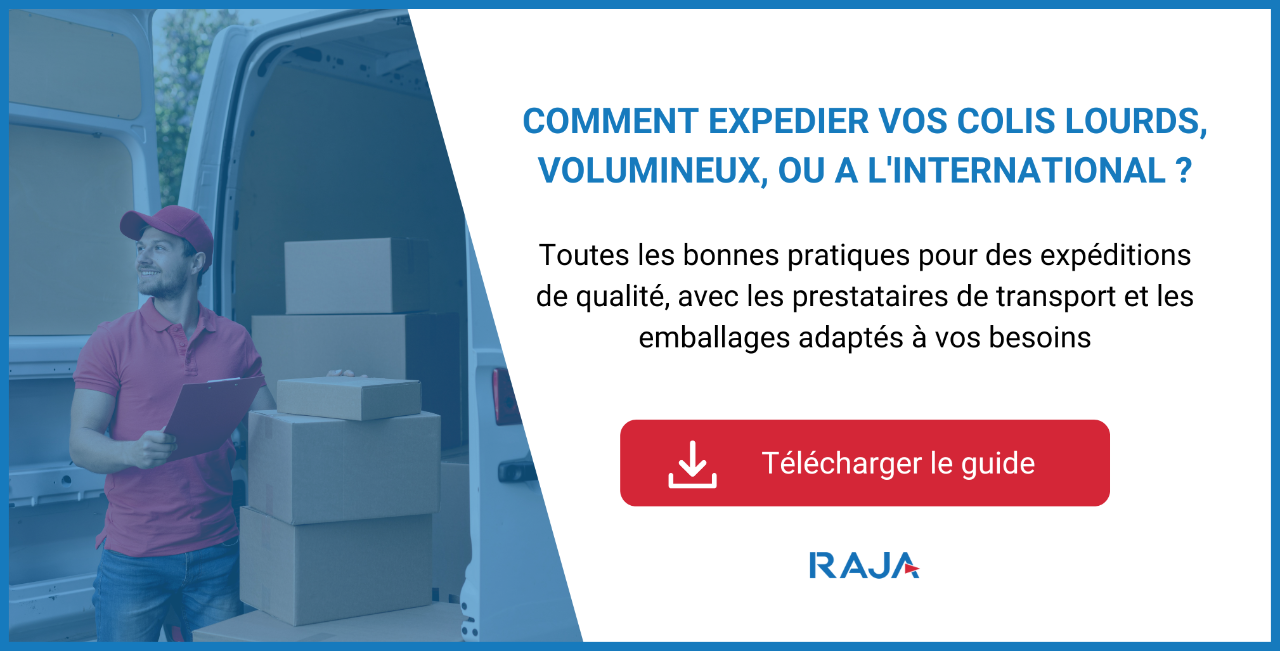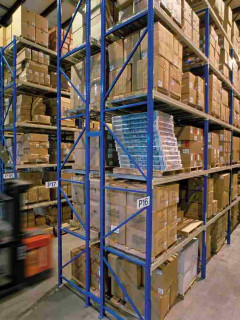If you are responsible for logistics in your company and you are wondering how to send a parcel internationally in the best possible way,There are a number of obligations to be respected and tips to be aware of in order to successfully export your goods and limit your transport costs. Discover the 6 keys to successfully transporting your parcels internationally 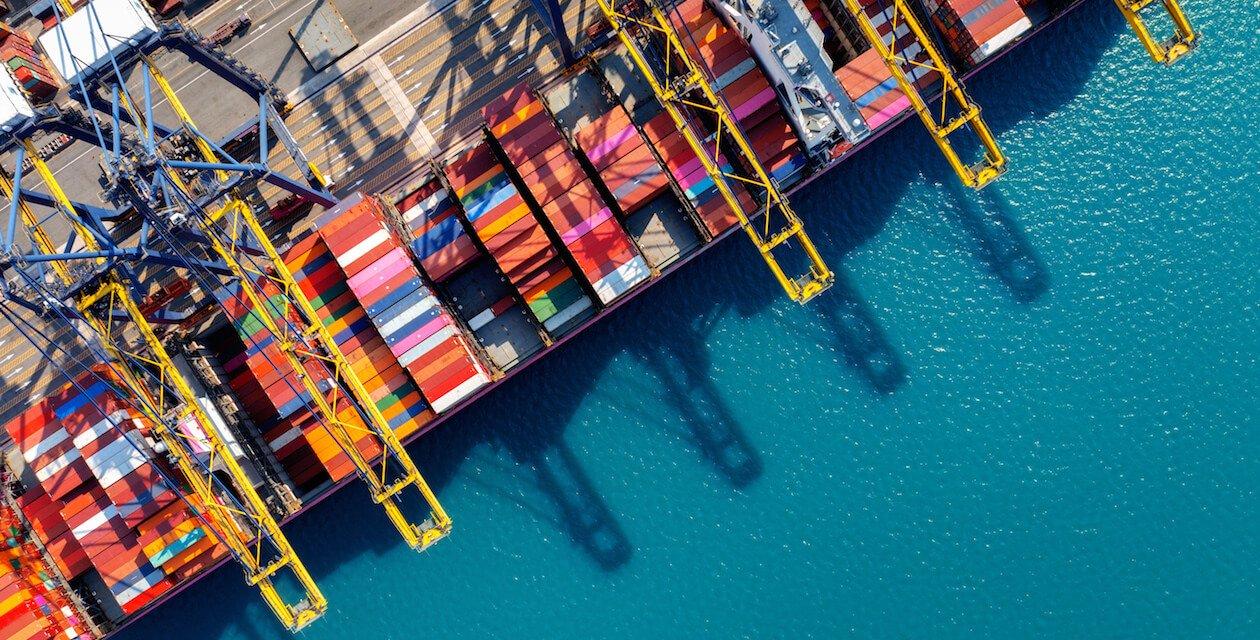
key #1: Choose your international parcel carriers carefully
There are many international carriers, but they do not all apply the same financial conditions. Don’t hesitate to compare their offers! There are several major carriers for international deliveries. Among the best known are
- Colissimo
- Chronopost
- TNT
- FedEx
- UPS
- DHL
- DPD
- GLS
these carriers do not have the same pricing conditions depending on the service requested. For example, Colissimo and GLS do not charge by volume weight in Europe, unlike the other companies. Similarly, the major express carriers (DHL, Chronopost, UPS and Fedex) can offer less well-known economical services with specific names: Classic, Economy, Standard. In addition, it is advisable to ensure that you choose the right carrier to ensure the quality of the delivery while keeping your budget under control
Good practice: regular tenders To reconcile an optimal customer experience with controlling your transport costs, especially if you have to send more goods abroad, it can be useful to use a transport tender. This transport tender will ensure that you make the best choice of service providers. To discover all the good practices for an optimal transport tender, consult the ColisConsult x RAJA white paper which gives you the keys to..
|

Key #2: Choose the right packaging for your international parcel transport
Many packaging solutions exist for transport abroad. Adopt the best strategy to reduce your costs. Among the packaging solutions for export, here are the ones you can opt for
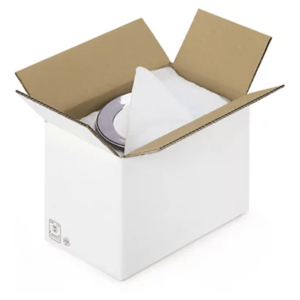 |
The cardboard box: The right flute should be chosen according to the weight and protection needs of your goods. The box should also be reinforced with adhesive and a suitable cushioning material. It is advisable to use a strong cardboard box that can withstand the climatic conditions of the countries you are travelling through. If you are palletising your goods, make sure you choose palletisable boxes that can withstand stacking. |
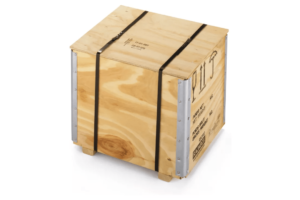 |
Wooden crates are suitable for goods that need extra protection, but make sure they comply with ISPM15, the international standard for phytosanitary measures, which requires special treatment of wood. |
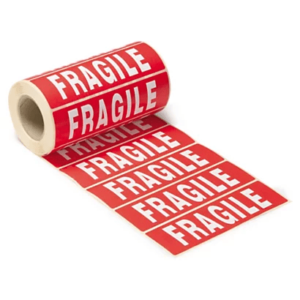 |
The labels to be affixed to the products: depending on the case, the following indications should be included: “Fragile”, “Dangerous”, “Do not return” with, if necessary, the details of the inclination that must be respected. |
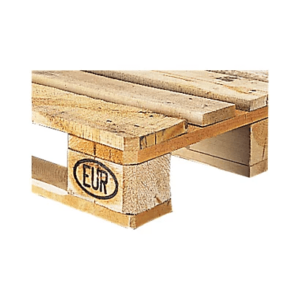 |
Pallets should be chosen in accordance with EUR EPAL standards to comply with current health standards. |
key #3: Optimise the weight-volume of your packaging to reduce your costs
The weight-volume of your packages can have a significant impact on the price of your shipments. Here are some tips on how to reduce the weight-volume of your package. First, favour “standard” sizes of boxes and crates, not custom-made ones, to reduce your transport costs
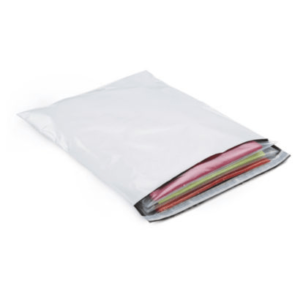 |
If the size of your product allows, choose plastic sleevesplastic bagsif the size of your product allows it, choose padded bags, which are safe if the product is not too fragile. You can also turn to kraft paper or cardboard bags, which reduce the environmental impact of your shipments. |
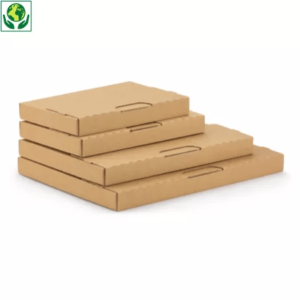 |
Extra-flat crates and boxescan also allow you to reduce your weight-volume, if your products are larger or need extra protection. |
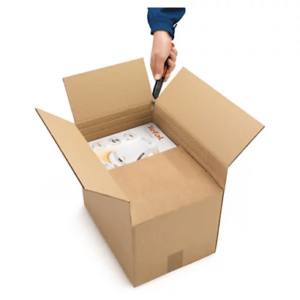 |
Variable height cratesallow order pickers to easily adapt the size of the box to the volume of the product, thanks to integrated cut-out grooves. |
find the right combination of solidity of your packaging and volume of cushioning. This means choosing solid boxes and thin, but protective, cushioning. If your products cannot be accommodated in standard packaging, it is possible to resort to custom-made packaging. You can significantly reduce the weight and size of your packages.
Key #4 : Choose the insurance you need to put in place for your shipments
Insurance for your shipments of goods allows you to protect yourself against several risks and should be checked with your carriers: theft, damage to the goods, loss, etc. Several types of insurance exist, and it is advisable to choose the one that is most suitable
- Carrier liability: carriers are responsible for the packages you entrust to them. However, this liability is limited and regulated. In the event of damage, the sender will be compensated within the limits of the weight of the packages, without any link to the actual value. The level of liability is defined at the international level by the SDRs (or special drawing rights).
- The carrier will be exempted fromliability in case of force majeure and his liability will be de-capped in case of gross negligence on his part.
- Ad valorem (value) insurance can be taken out with your insurance company, which will reimburse the full amount of the loss and may take action against the carrier. The insurance premium will depend on the value of your goods. You can choose from three main types of cover, from force majeure to an all-risk policy, regardless of the mode of transport: land, air and sea.
key #5: Fill in the documents correctly for customs
Exporting goods properly requires certain formalities to be completed. The commercial invoice is the document used by most foreign customs services
- Import controls
- Estimation of the value of the goods
- Liquidation of applicable customs duties
Good to know: The commercial invoiceThis invoice must be written in English and contain a lot of information
in addition, the filing of a customs declaration triggers the import and export clearance procedure. The form and content of this declaration are defined by the Union Customs Code (UCC). French customs has made available online services on the douane.gouv.fr website. The mandatory information includes the following: name or company name of the importer or exporter, the origin of the goods, the nature of the goods and their value before tax. |
key #6: Consider Incoterms
Incoterms (or International commercial terms) regulate many elements of international trade. Incoterms are derived from international agreements on the transportation of goods. They address the following issues, among others
- Responsibility for shipping costs
- Responsibility for insurance costs
- Responsibility for import costs
- Responsibility for customs clearance
- Responsibility for transport..
there are 11 different Incoterms. Particular attention should be paid to the point at which the risk passes from the exporter to the importer. This includes: transport costs, shipping risks, insurance.The Incoterm most commonly used by e-tailers is DAP (Delivered at Place). This provides, among other things, that the seller bears the costs and risks until the goods arrive at their destination. In contrast, all import and customs costs will be paid by the buyer. In general, you should make sure that you mention the Incoterms that the seller applies in its general terms of business. If you are looking for the right packaging for your export business, take a look at our products on the RAJA online shop











